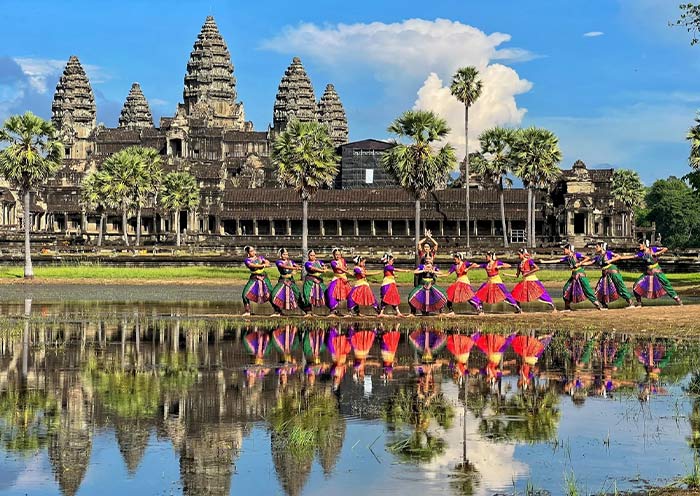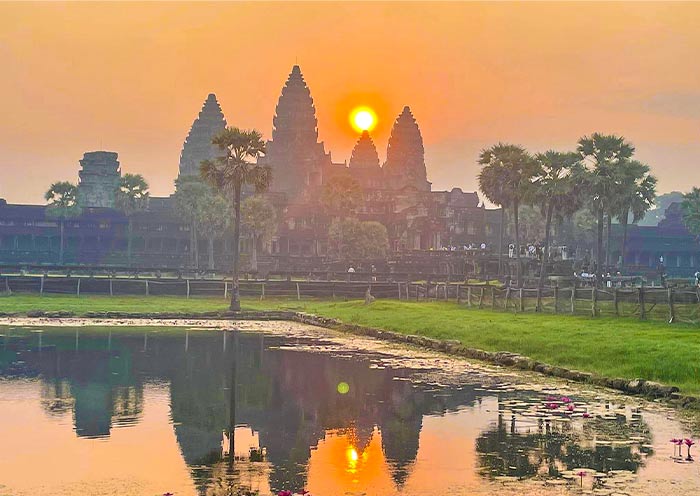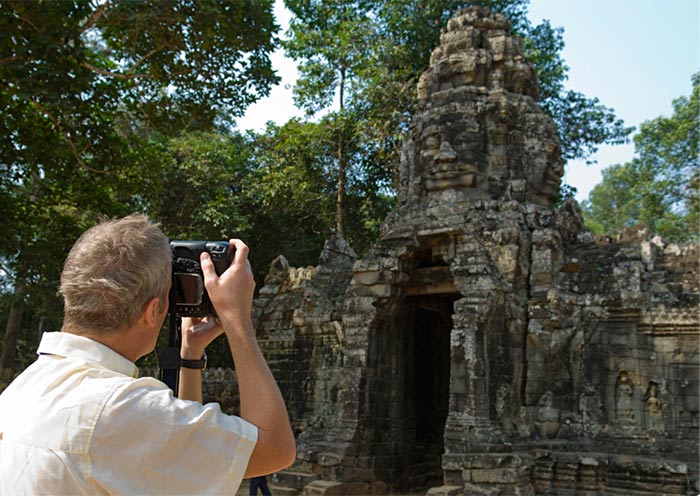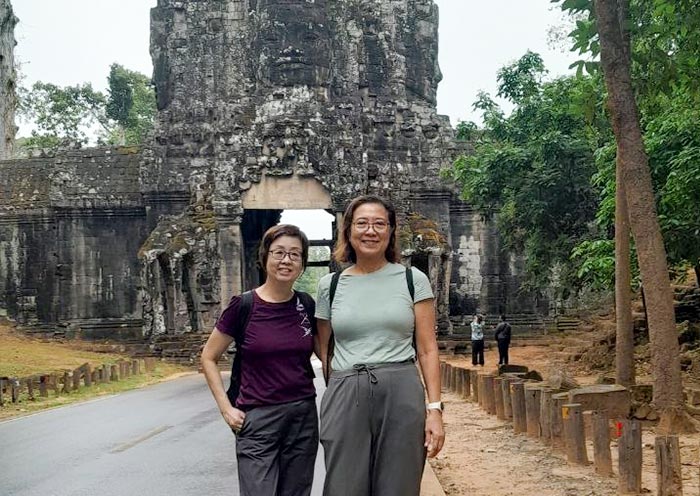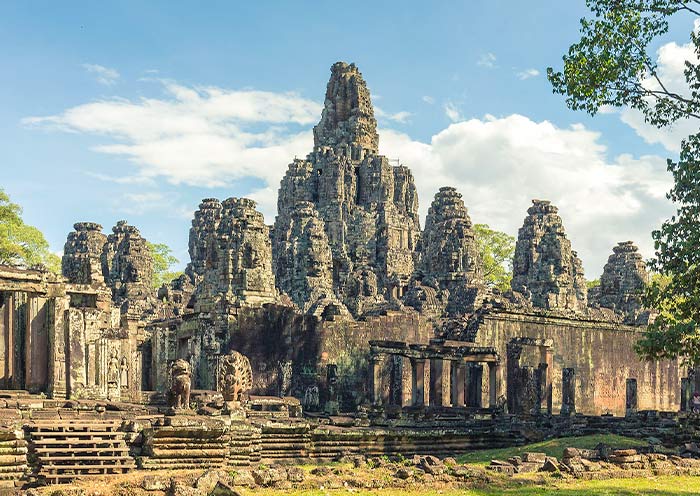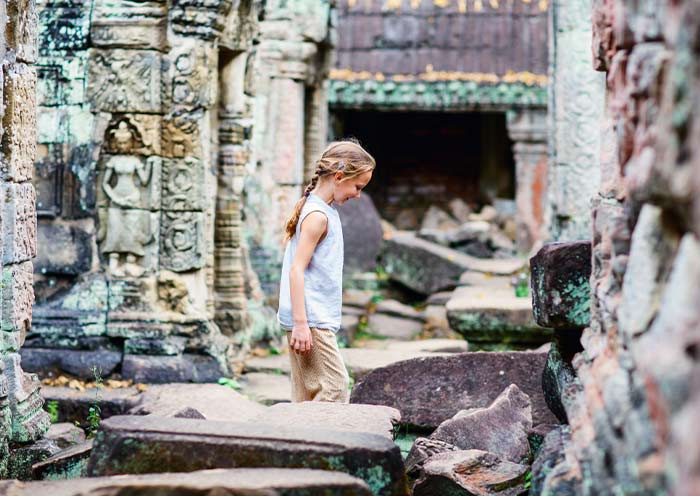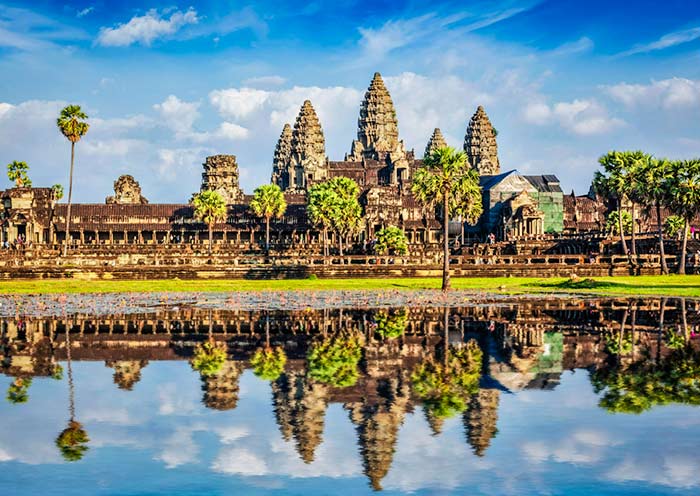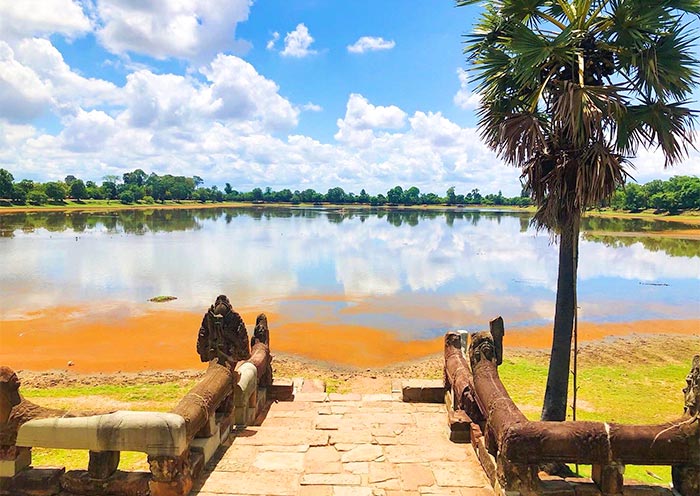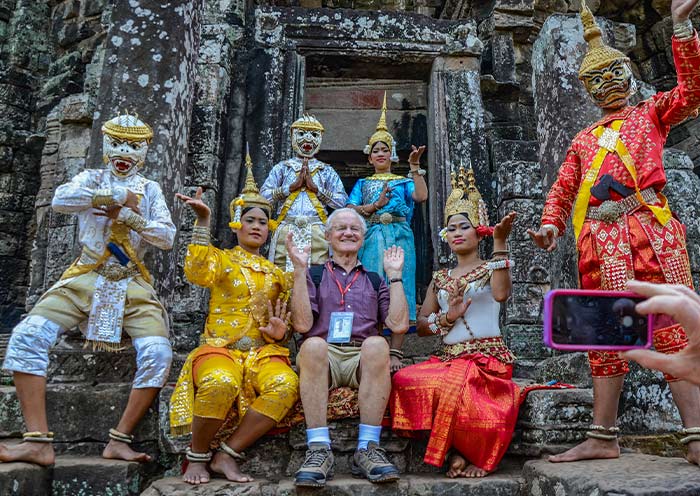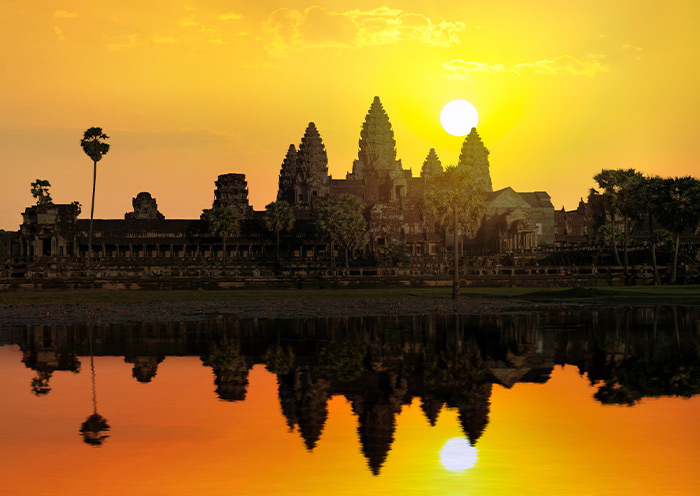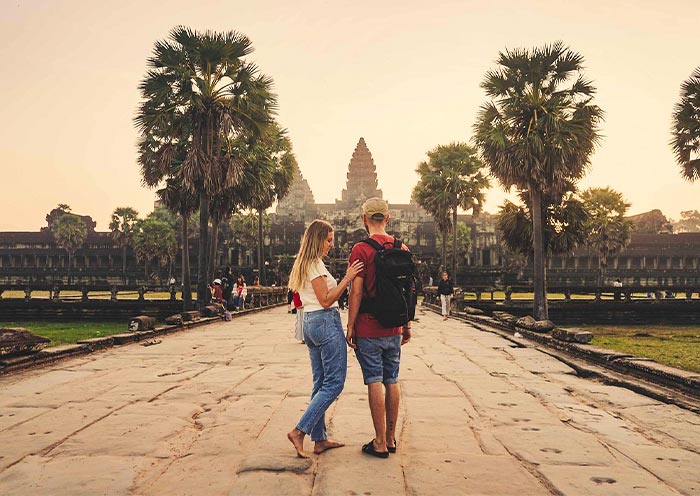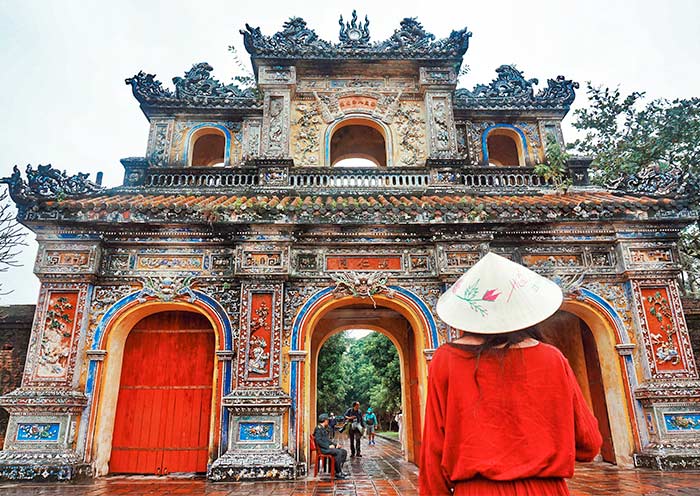7 Days In-depth Angkor Wat Tour from Phnom Penh with Sunrise Watching
- Highlights
- Itinerary
- Price
- Trip Notes
- Accommodation
- Photos
- Reviews
A Week Comprehensive Angkor Discovery: From Phnom Penh to Siem Reap
Are you attracted to Angkor Wat ? Planning to explore Angkor Temples in depth in a week's time from Phnom Penh? Our 7 Days Angkor Wat Tour from Phnom Penh is your ideal choice.
Begin your Cambodian adventure in the capital citym - Phnom Penh. Visit the Royal Palace, Silver Pagoda, and the National Museum to soak in the grandeur of Khmer architecture and art. Reflect on Cambodia's history with visits to the Tuol Sleng Genocide Museum and the Killing Fields, followed by an enchanting sunset cruise on the Mekong River.
Then, journey to Siem Reap. Spend three full days exploring the Angkor Archaeological Park. Witness the breathtaking sunrise at Angkor Wat and roam through Angkor Thom, marvel at the Bayon, and feel the embrace of nature at Ta Prohm. Venture beyond the well-trodden paths to discover the enchanting Banteay Srei, known for its detailed reliefs, and Beng Mealea, a temple consumed by the jungle.
Conclude your tour with a serene boat ride on Tonle Sap Lake, observing the unique floating villages and the vibrant ecosystem, before your departure from Siem Reap.
This journey will not only show you the iconic sights but also the hidden corners and stories of Cambodia's heart and soul.
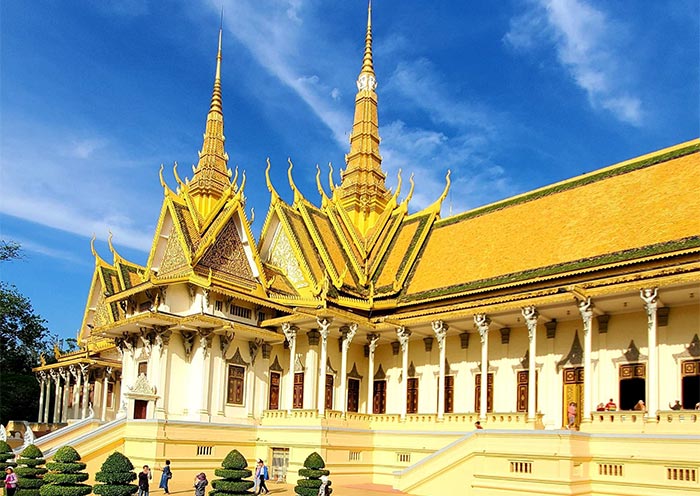
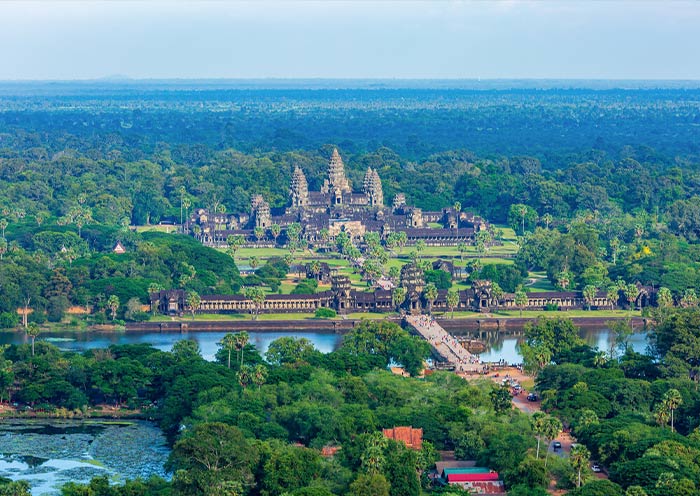

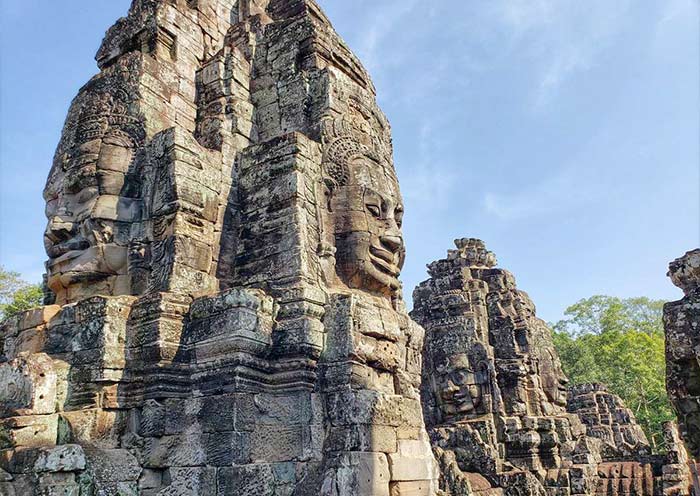
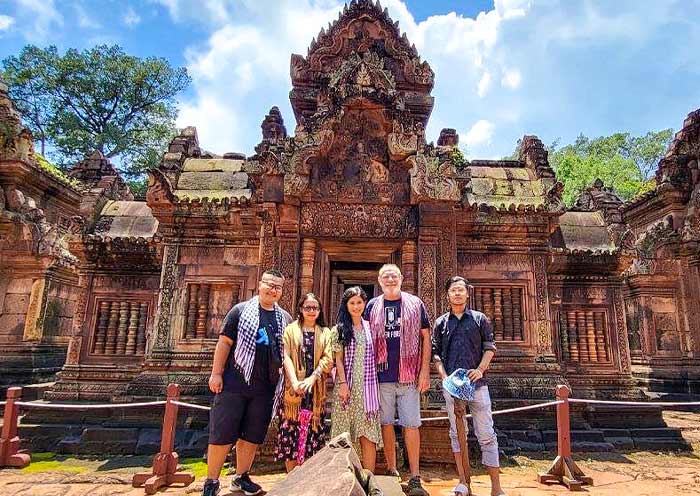

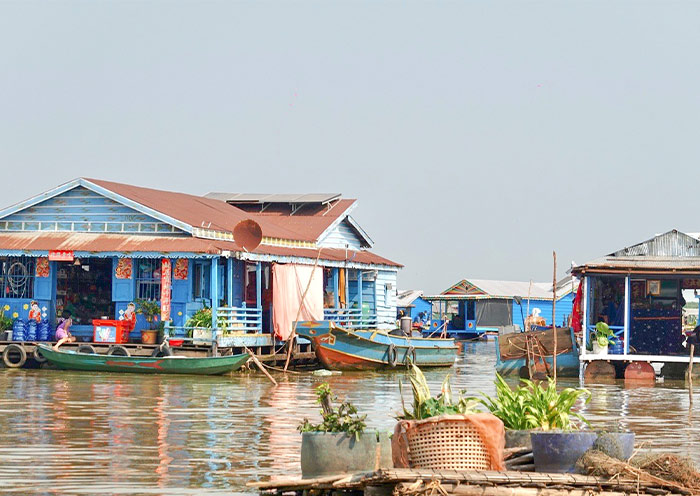
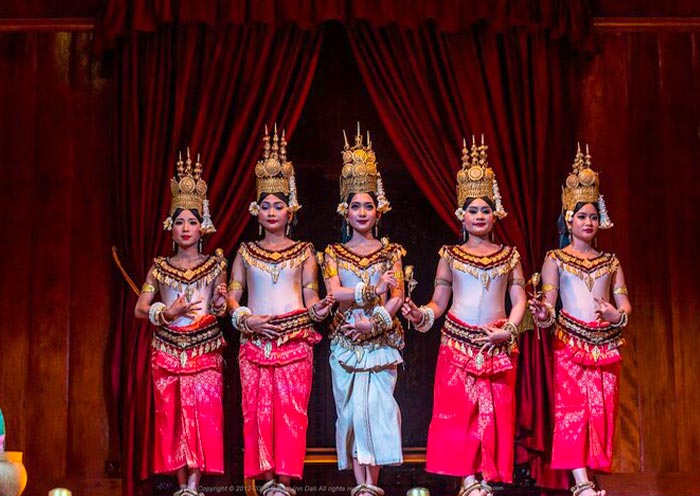
Itinerary at a Glance
Phnom Penh (2 Days)
Royal Palace, Silver Pagoda, National Museum, Tuol Sleng Genocide Museum, Choeung Ek Genocidal Cente, Central Market, Sunset Cruise on Mekong River
Siem Reap (5 Days)
Floating Village, Tonle Sap Lake, Angkor Archaeological Park: Angkor Thom Complex, Angkor Wat & Sunrise, Phnom Bakheng & Sunset, Ta Prohm, Banteay Srei, Beng Mealea, Prasat Kravan, Banteay Kedi, Srah Srang, Pre Rup temple, Eastern Mebon, Ta Som, Neak Poan, Preah Khan
Itinerary Day by Day
Welcome to Phnom Penh, the capital of Cambodia. When you arrive at Phnom Penh International Airport (PNH), your tour guide and driver will meet you at the exit and then escort you to the hotel in downtown Phnom Penh.
Phnom Penh, the capital city of Cambodia, is a vibrant and bustling metropolis that seamlessly blends the traditional with the modern. It is nestled at the confluence of three rivers: the Mekong, the Bassac, and the Tonle Sap. Known once as the "Pearl of Asia," Phnom Penh is a city steeped in history and rich in cultural heritage. Today, it is a city on the move, with a burgeoning café culture, bustling bars, and a culinary scene that features a blend of Khmer and international cuisine.
Free Time Idea:
Take a leisurely walk along the Riverside (Sisowath Quay). This area is lively in the evening and is lined with cafes, bars, and restaurants.
Arrival Ideas:
Phnom Penh Airport: Phnom Penh International Airport is located approximately 10 kilometers west of Phnom Penh's central business district. Its convenient location allows easy access to the city center, with travel times typically ranging from 20 to 30 minutes, depending on traffic conditions.
Flights to Phnom Penh: For domestic flights, the most common routes are to Siem Reap, and occasionally to Sihanoukville, especially during the tourist season. For international flights, it is well connected with major cities in Asia, making it relatively easy to find direct flights from places like Bangkok, Kuala Lumpur, Singapore, Ho Chi Minh City, Seoul, and various cities in China.
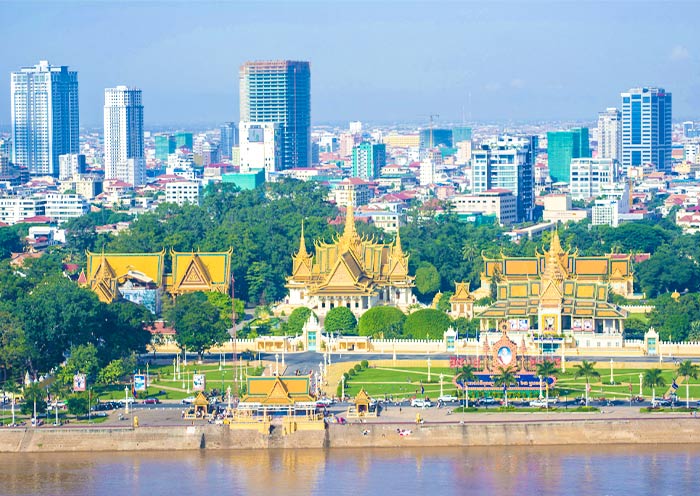
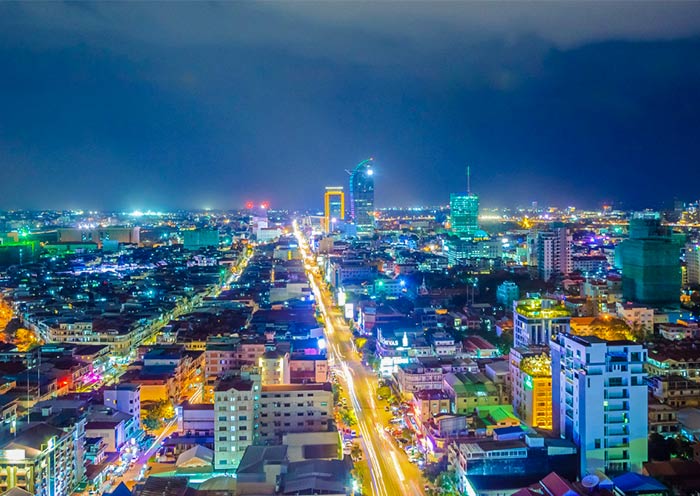
Start your day at the Royal Palace, where the King of Cambodia resides. The palace is a stunning example of Khmer architecture, featuring its classic Khmer roofs and ornate gilding. It’s a striking structure near the riverfront, bearing a remarkable likeness to its counterpart in Bangkok. Visit the Silver Pagoda, located within the palace grounds. It's named for its floor, which is made up of 5,000 silver tiles. Here you’ll find many national treasures including gold and jeweled Buddha statues. One of the most notable is the “Emerald Buddha.”
A short walk from the Royal Palace is the National Museum of Cambodia. This museum is home to the world's largest collection of Khmer art, including sculptures, ceramics, and ethnographic objects. The beautiful terracotta structure itself is worth visiting, and it offers a serene courtyard. Enjoy lunch at one of local restaurants nearby.
In the afternoon, confront Cambodia's tragic recent history at the Tuol Sleng Genocide Museum, a former high school that was converted into a brutal detention center (S-21) by the Khmer Rouge. Later, a short drive will take you to the Choeung Ek Genocidal Center, also known as the Killing Fields, where a memorial stupa filled with skulls commemorates the victims of this dark period.
Later in the afternoon, explore the Central Market (Psar Thmei), an Art Deco landmark in the heart of Phnom Penh. This market is an excellent place for shopping offering clothes, jewelry, souvenirs, and electronics, and for trying local snacks while observing everyday Cambodian life.
Conclude your day with a sunset cruise along the Mekong and Tonle Sap rivers. With views of the popular Phnom Penh riverside and the Phnom Penh skyline, this is the chance to relax at the end of the day and enjoy a unique view of the beautiful city.

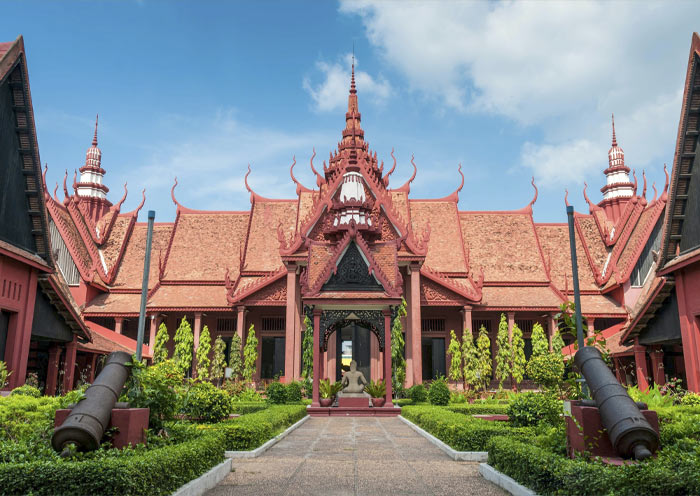


After breakfast, you will depart from Phnom Penh and journey towards Siem Reap. This drive spans approximately 381 kilometers and will take around 6 hours. The drive through the Cambodian countryside offers beautiful scenery, with rice paddies, traditional wooden houses, and the occasional water buffalo.
En route, you'll stop at the Skuon Market. Locally known as "Spiderville," Skuon is renowned for its market where fried spiders are a delicacy. This unique stop offers a chance to stretch your legs and sample local cuisine. If spiders don't appeal to you, other snacks and local fruits are also available.
Once you arrive in Siem Reap, check into your hotel and take some time to rest after the long drive.


Designated as a UNESCO World Heritage site, Angkor Archaeological Park is a vast and impressive complex. It spans an area of roughly 400 square kilometers and contains the magnificent remains of the various capitals of the Khmer Empire, which flourished from the 9th to the 15th centuries. The park encompasses Angkor Wat, Angkor Thom, Bayon Temple, Banteay Srei, and many other surrounding ruins and relics. Over the next three days, we will take you to explore the Temples of Angkor for a comprehensive experience.
On your first day exploring Angkor Archaeological Park, follow the Small Circuit, a route that takes you to some of the most iconic temples and structures within the park.
Scenic Spots You will Pass:
Sunrise → Angkor Thom → Ta Prohm → Angkor Wat → Get back to your Hotel
Start your day early with a sunrise viewing at Angkor Wat. Arrive at Angkor Wat in time to find a good spot to watch the sunrise. Tips: The sun rises between 5:30 AM and 6:30 AM, depending on the time of year. The silhouette of Angkor Wat’s iconic spires stands sharply against the lightening backdrop, creating a stunning contrast that slowly fills with color. The temple's vast moat reflects this magical scene, doubling the beauty in a perfect mirror image that enhances the surreal atmosphere. After the sunrise, head back to your hotel for breakfast and a short rest.
After breakfast, head to Angkor Thom, the last and most enduring capital city of the Khmer empire. It was established in the late 12th century by King Jayavarman VII in the late twelfth century. Angkor Thom means "Great City" in Khmer. Set over 10 square kilometers, the aptly named last great capital of the Khmer empire took monumental to a whole new level.
Enter through the South Gate and proceed to the Bayon Temple at the city's center. This temple is known for its numerous smiling faces carved into its towers. Each of its 54 Gothic towers is decorated with 216 gargantuan smiling faces of Avalokiteshvara. The temple also features 1.2km of extraordinary bas-reliefs, incorporating more than 11,000 figures. Take your time to marvel at these detailed bas-reliefs, which portray historical events and scenes from daily life in the empire. A short walk northwest from the Bayon will bring you to the Baphuon Temple. This temple, which predates Angkor Thom, was originally a Hindu temple dedicated to Shiva.
Next, visit the Terrace of the Elephants. King Jayavarman VII used this terrace as a viewing platform to observe his victorious returning army. You'll find it adorned with carvings of elephants and other animals, providing excellent photo opportunities. Continue to the nearby Terrace of the Leper King. This 7-meter high laterite platform features multiple tiers of meticulously carved walls depicting nagas (serpents), demons, and various mythical beings. Conclude your visit to Angkor Thom by exiting through the Victory Gate on the east side of the city.
Later, proceed to Ta Prohm (Jungle Temple). Its appeal lies in the fact that, unlike the other monuments of Angkor, it has been swallowed by the jungle, and looks very much the way most of the monuments of Angkor appeared when European explorers first stumbled upon them. It was also featured in the movies "Tomb Raider" and “Raiders of the Lost Ark”, which adds to its popularity. After exploring Ta Prohm, enjoy a relaxing lunch at one of the local restaurants nearby.
In the afternoon, return to Angkor Wat for a more detailed tour of this iconic temple. Uniquely designed with a westward orientation, Angkor Wat is best viewed in the afternoon light. Angkor Wat, the largest monument of the Angkor group and the best preserved, is an architectural masterpiece. Its perfection in composition, balance, proportions, relief, and sculpture make it one of the finest monuments in the world.
Angkor Wat is surrounded by a vast moat, 190 meters wide, forming a rectangle of 1.5 by 1.3 kilometers, which symbolizes the mythical oceans surrounding Mount Meru, the center of the universe in Hindu cosmology. Visitors can enter through the west-facing main gate, which leads directly into a long causeway lined with naga balustrades. Spend time in the galleries which feature extensive bas-reliefs depicting epic stories such as the Battle of Kurukshetra from the Mahabharata, the Judgment by Yama, the Hindu god of death, and scenes of heavenly nymphs (Apsaras) and everyday life in the Khmer Empire. At the heart of the temple complex is the central sanctuary surrounded by four smaller towers, forming a quincunx. The central sanctuary, rising majestically above the forested landscape, symbolizes the mythical Mount Meru and offers a unique perspective on the temple’s layout and the geometric precision with which it was built. Climb up to the central tower, a privilege that offers not only a closer view of the intricate lintel carvings and sculpted friezes but also panoramic views of the entire complex and its surroundings.
Note:
-
To visit the Bakan tower of Angkor Wat temple, visitors are required to wear proper attire, covering shoulders and knees to show their cultural respect, as this temple is still considered as a sacrificial site for the Khmer people (no short miniskirt nor short trousers).
-
Children under twelve years old are restricted not to climb up the tower. The tower will be closed on the Buddhist Sabbath Days, the Buddhist religious days and four days a month in accordance with Lunar Calendar.
After the tour, drive back to your hotel. Stay overnight in Siem Reap

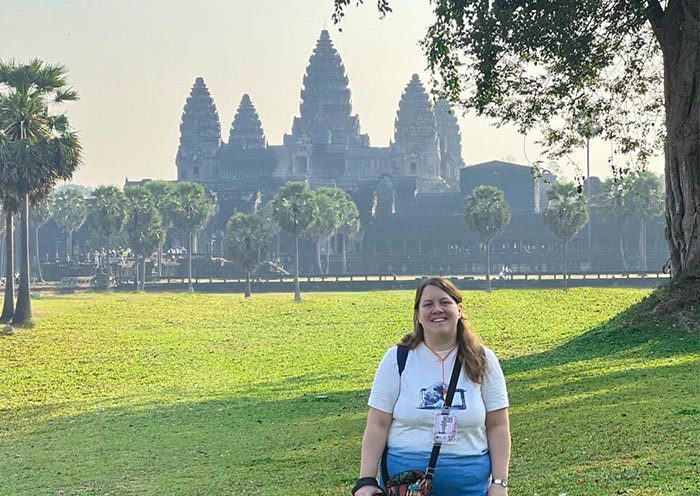
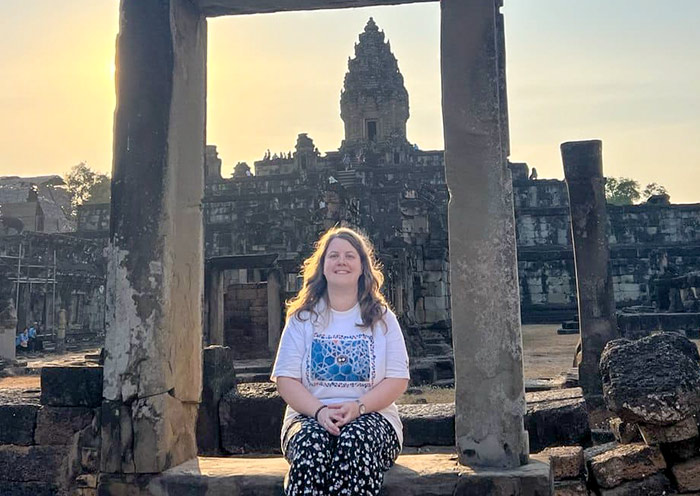

On the second day of your exploration of Angkor Archaeological Park, embark on the Grand Circuit, a route that takes you to some of the less-traveled but incredibly fascinating temples and historical sites beyond the main Angkor Wat and Angkor Thom complexes.
Scenic Spots You will Pass:
Prasat Kravan → Banteay Kdei → Srah Srang → Pre Rup temple → Eastern Mebon → Ta Som → Neak Poan → Preah Khan → Sunset at Phnom Bakheng → Get back to your Hotel
Begin your day at Prasat Kravan, a small 10th-century temple known for its unique brick sculptures depicting Vishnu and Lakshmi that are remarkably well-preserved Next, visit Banteay Kdei, a sprawling Buddhist monastery from the mid-12th century, often referred to as "Citadel of Monks' cells". Explore its serene and less crowded corridors which are surrounded by four concentric walls with beautifully carved lintels. Stop at Srah Srang, also known as the "Royal Bath". It was used for ritual bathing in ancient times. Today, it's a picturesque and tranquil spot, perfect for reflection with its serene waters and the remnants of old stone landing platforms.
Then, head to Pre Rup, which is another pyramid-style structure built during the same period. It was likely used for royal funerary rites, as suggested by its name, which loosely translates to "turn the body," referring to the traditional method of cremation. Due to its red brick structure, it glows with a warm red hue under the sunset. Coupled with its open vistas, it attracts many visitors to watch the sunset here.
Enjoy a relaxing lunch at one of the local restaurants nearby. Continue to Eastern Mebon, another temple dedicated to the Hindu god Shiva and built on what was once an island in the East Baray reservoir. Admire the elephant statues at each corner of the temple, which stand majestically as guardians of the past. And visit Ta Som, a smaller but enchanting temple dedicated to King Jayavarman VII’s father. The temple is especially famous for the large strangler fig tree growing out of one of its entrance towers, creating a picturesque and iconic image.
Next, make your way to Neak Pean, a unique artificial island with a Buddhist temple on a circular island in Preah Khan Baray, originally designed for medicinal purposes as it is believed that waters combined here from four rivers had healing properties. Explore Preah Khan, a large monastic complex full of carvings, passages, and photo opportunities. This extensive site was once a city, school, and Buddhist monastery, serving as a hub of religion and learning.
Conclude your day with a climb up to Phnom Bakheng to chase the sunset view. The climb takes about 15-20 minutes. Arrive early as this popular spot can get crowded at sunset. From here, watch the sky change colors over the main temples of Angkor and the surrounding forests - a perfect end to a day of exploration.
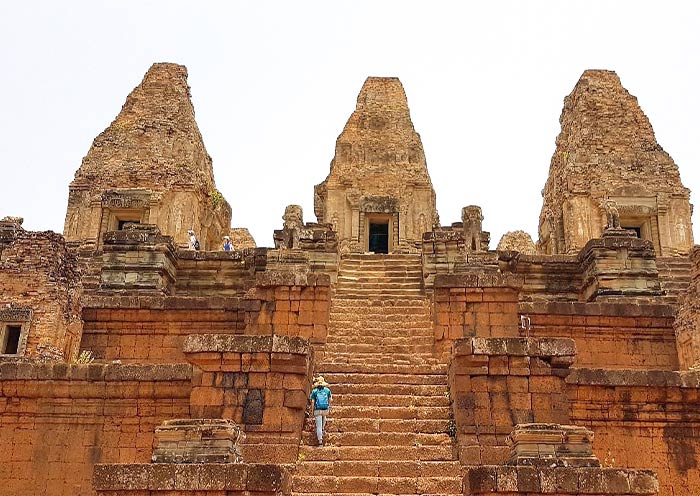

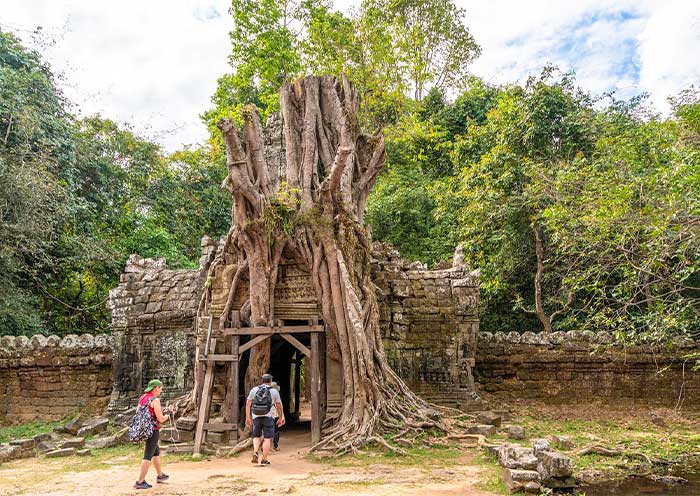
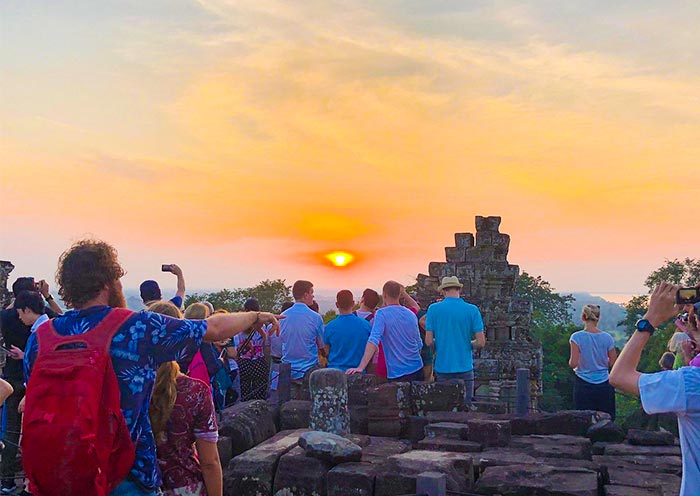
On your third day exploring Angkor Archaeological Park, take a journey beyond the main temple complexes to discover the enchanting and less frequented outlying temples. Banteay Srei, renowned for its intricate carvings and unique pink sandstone construction, and Beng Mealea, a temple shrouded in mystery and overtaken by the jungle, offering a more adventurous experience.
After breakfast, head northeast from Siem Reap to Banteay Srei, which is about 35 kilometers away, approximately an hour's drive.
Your first stop is Banteay Srei, often celebrated as the “Jewel of Khmer Art”. This 10th-century temple is dedicated to the Hindu god Shiva. Banteay Srei stands apart for its small size and the exquisite quality of its ornate carvings, which are the finest found in Cambodia. The stone's pink hue and the elaborate decorative wall carvings of deities and mythical creatures make it a photographer's paradise.
After exploring Banteay Srei, make your way to Beng Mealea, situated about 50 kilometers further, approximately an hour's drive. The drive itself offers a scenic view of the Cambodian countryside. Have lunch at a local restaurant nearby.
Explore Beng Mealea, a temple that offers a completely different experience from the more restored sites around Angkor. Much of Beng Mealea has been reclaimed by the jungle, with trees and vines breaking through the stone blocks. The temple's untouched appearance makes it feel like you're discovering it for the first time. As you walk through its corridors and climb over rubble, you'll discover hidden carvings and collapsed galleries. The nature-infused ruins will leave you marveling, reminiscent of an Indiana Jones adventure.
After exploration, head back to Siem Reap (about 1.5 hours’ drive). Stay overnight in Siem Reap.
Tips for Angkor:
1. The Cambodian climate can be very hot, especially around midday. Starting early will help you avoid the hottest part of the day and the largest crowds.
2. Shoulders and knees should be covered when visiting the temples as a sign of respect. Lightweight, breathable clothing that covers these areas is ideal.
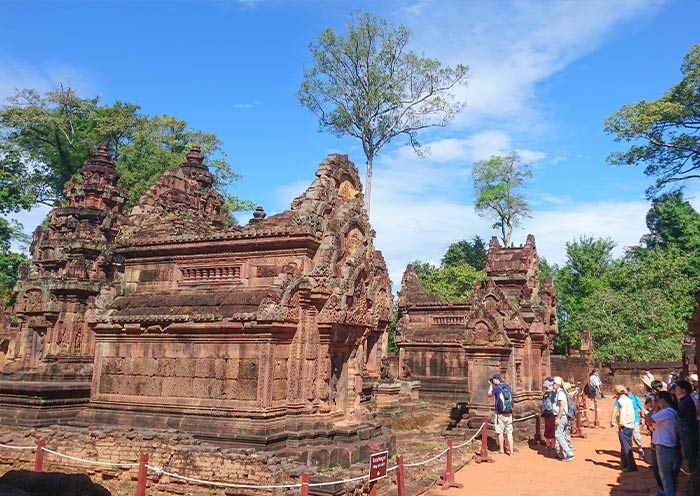



After breakfast, you will travel to Tonle Sap Lake to visit the floating village of Kompong Khleang. Known as the largest freshwater lake in Southeast Asia, Tonle Sap is home to numerous floating villages. These are unique for their stilted houses, which are built on platforms supported by wooden poles or tethered to boats, adjusting to the lake's changing water levels. The villages also have floating schools, shops, and even churches.
Enjoy a boat ride (about 1.5 hours) to observe the residents' unique lifestyle and the region's rich biodiversity. If it happens to be dusk, you will appreciate the beautiful sunset on Tonle Sap Lake.
It is time to end your 7-day Cambodia tour. You'll driven to Siem Reap–Angkor International Airport for your departure. The drive takes approximately 1.5 hours.
Trip Extension: If you plan to continue exploring neighboring countries such as Vietnam, Thailand, or Laos, don't hesitate to let us know. We can customize your itinerary and assist with travel arrangements.
Thank you for choosing Asia Odyssey Travel for your Asia tour, we are always here working for you and hope to see you again for your next trip to Asia. Safe journey!
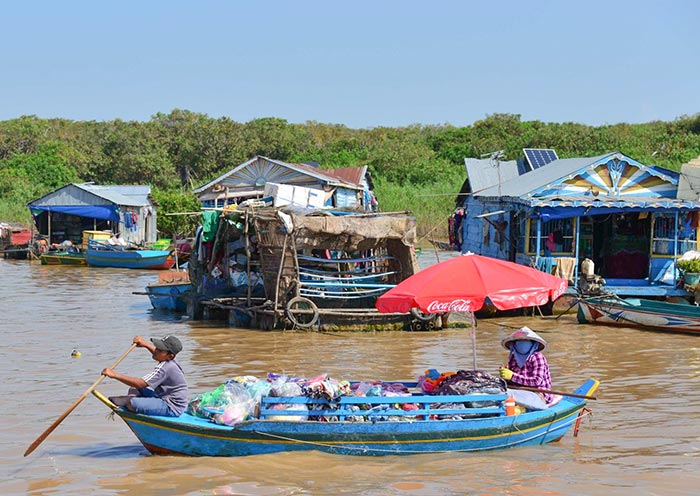
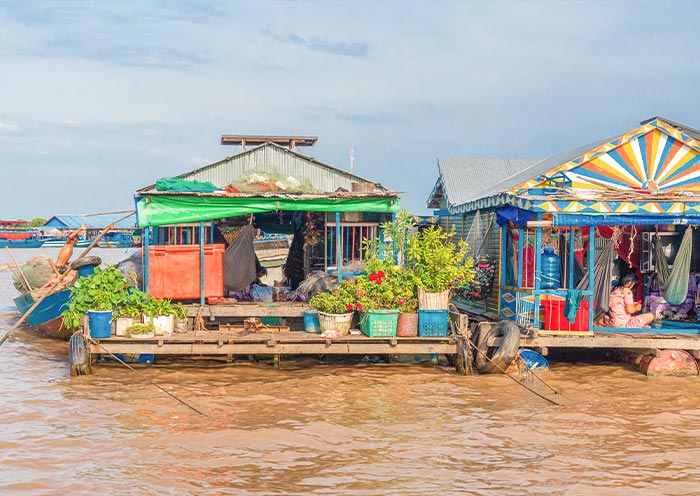
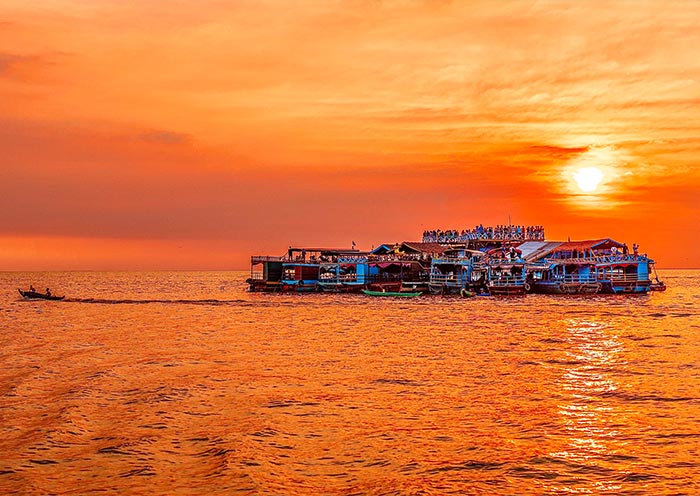
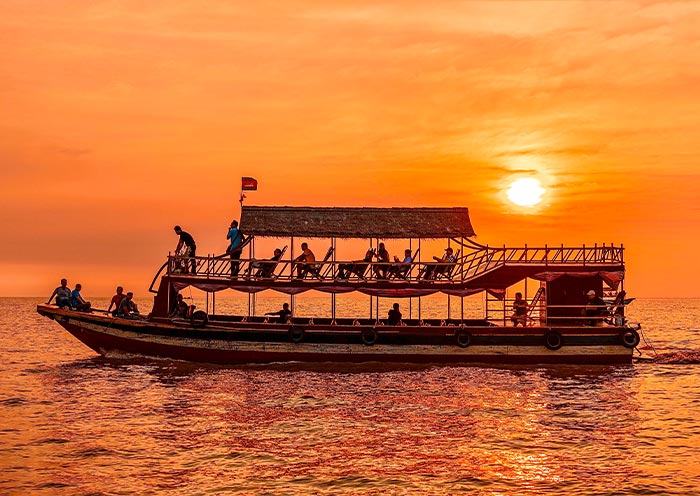
Price: What’s Included & What’s Excluded
What's Included:
What's Excluded:
Important Travel Tips for Visiting Cambodia
Most travelers need a visa to enter Cambodia. You can obtain a visa on arrival for most nationalities, or you can apply for an e-visa online before your trip. Ensure your passport is valid for at least six months beyond your date of entry.
Cambodia is warm year-round, with a tropical climate. The dry season (October to April) is the best time to visit, with cooler temperatures and less rain. The wet season (May to September) brings heavy rains and humidity but also fewer tourists and lush landscapes.
Dress modestly, especially when visiting temples and religious sites. Cover your shoulders and knees as a sign of respect. When visiting temples, remove your shoes before entering the main hall, and avoid pointing your feet at religious statues or monks.
Bring plenty of water to stay hydrated, especially since you'll likely be walking and climbing a lot in the heat. Use sunscreen, wear a hat, and consider light, breathable clothing to protect from the sun.
Hotel Conditions for Your Cambodia Tour
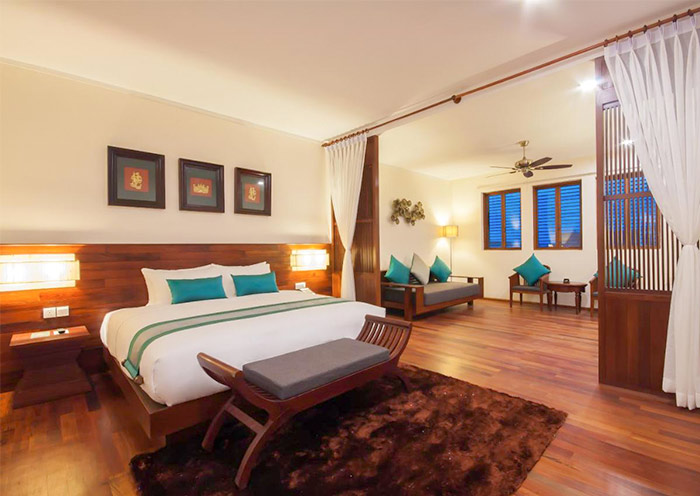

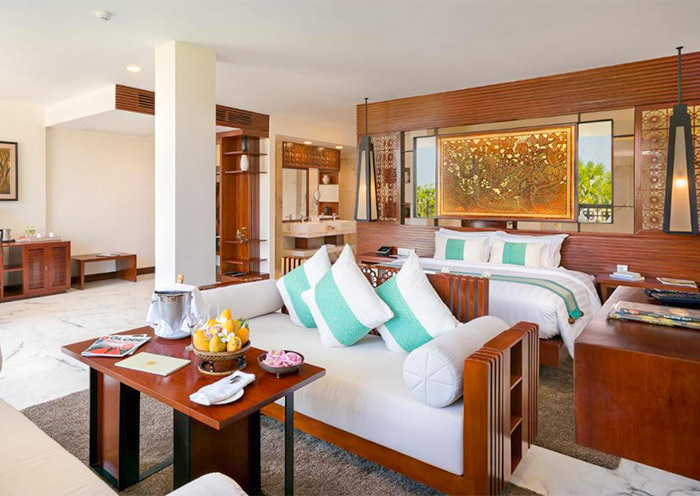
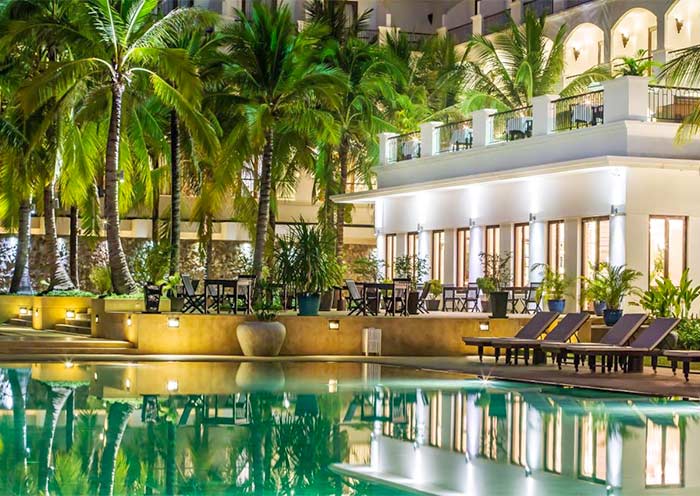
To cater to various travelers' preferences and budgets, we offer a range of carefully chosen accommodations, including luxurious 5-star hotels, comfortable 4-star options, and economical 3-star establishments.
Find your perfect hotel according to difference needs: For luxury seekers, we offer top-tier 5-star hotels, providing the pinnacle of luxury and service. For families, we can select hotels equipped with family-friendly facilities and services. For eco-conscious travelers, we can recommend hotels that emphasize sustainability and environmental responsibility. And for those seeking a cultural experience, we can arrange stays in boutique hotels that offer spacious suites in a traditional Khmer-style setting, complete with unique cultural experiences.
Photo Gallery for This Itinerary
Latest Cambodia Tours Reviews from Our Customers

Kris
Destination(s): Other
Date of Experience: Sep 23, 2021
Tour Customized by: Teresa
You May be Interested in This Tour: Customized Tour

Jessica
US
Destination(s): Other
Date of Experience: Sep 14, 2019
Tour Customized by: Cici
You May be Interested in This Tour: Customized Tour
Price: Request
(Based on a private tour for two people. Price varies depending on program, travel date, number of people.)
Free Enquiry! You don’t need to pay for the reservation.
- United States (+1)
- Australia (+61)
- Singapore (+65)
- Malaysia (+60)
- Philippines (+63)
- Canada (+1)
- Italy (+39)
- Indonesia (+62)
- United Kingdom (+44)
- Spain (+34)
- Mexico (+52)
- Hong Kong (+852)
- Thailand (+66)
- United Arab Emirates (+971)
- New Zealand (+64)
- South Africa (+27)
- Germany (+49)
- Brazil (+55)
- India (+91)
- France (+33)
- Vietnam (+84)
- The Netherlands (+31)
- Saudi Arabia (+966)
- Ireland (+353)
- Argentina (+54)
- Switzerland (+41)
- Romania (+40)
- Pakistan (+92)
- Japan (+81)
- Portugal (+351)
- Bangladesh (+880)
- South Korea (+82)
- Puerto Rico (+1)
- Türkiye (+90)
- China (+86)
- Belgium (+32)
- Qatar (+974)
- Greece (+30)
- Taiwan (+886)
- Austria (+43)
- Poland (+48)
- Israel (+972)
- Chile (+56)
- Sri Lanka (+94)
- Nigeria (+234)
- Peru (+51)
- Colombia (+57)
- Hungary (+36)
- Nepal (+977)
- Denmark (+45)
- Bulgaria (+359)
- Norway (+47)
- Slovenia (+383)
- Sweden (+46)
- Kuwait (+965)
- Costa Rica (+506)
- Ecuador (+593)
- Venezuela (+58)
- Malta (+356)
- Croatia (+385)
- Tunisia (+216)
- Czechia (+420)
- Mongolia (+976)
- Bahrain (+973)
- Mauritius (+230)
- Papua New Guinea (+675)
- Cambodia (+855)
- Dominican Republic (+1)
- Luxembourg (+352)
- Finland (+358)
- Guatemala (+502)
- Myanmar (+95)
- Maldives (+960)
- Slovakia (+421)
- Laos (+856)
- Serbia (+381)
- Brunei (+673)
- Oman (+968)
- Macao (+853)
- Panama (+507)
- Morocco (+212)
- Jordan (+962)
- Georgia (+995)
- Fiji (+679)
- Bolivia (+591)
- Lithuania (+370)
- Bahamas (+1)
- Cyprus (+357)
- Latvia (+371)
- Bhutan (+975)
- Iraq (+964)
- Iran (+98)
- Kenya (+254)
- Jamaica (+1)
- Zimbabwe (+263)
- Azerbaijan (+994)
- Uruguay (+598)
- Estonia (+372)
- Andorra (+376)
- Cameroon (+237)
- Ghana (+233)
- Kazakhstan (+7)
- Nicaragua (+505)
- Egypt (+20)
- Russia (+7)
- Albania (+355)
- Réunion (+262)
- Montenegro (+382)
- Algeria (+213)
- Afghanistan (+93)
- Martinique (+596)
- Uganda (+256)
- Honduras (+504)
- North Macedonia (+389)
- Trinidad and Tobago (+1)
- Suriname (+597)
- Antigua and Barbuda (+1)
- Zambia (+260)
- Ukraine (+380)
- Armenia (+374)
- Barbados (+1)
- Belarus (+375)
- Palestine (+970)
- Lesotho (+266)
- Moldova (+373)
- Ethiopia (+251)
- French Polynesia (+689)
- Gambia (+220)
- Guam (+1)
- Gibraltar (+350)
- Isle of Man (+44)
- New Caledonia (+687)
- El Salvador (+503)
- Comoros (+269)
- Seychelles (+248)
- Chad (+235)
- Samoa (+685)
- Cook Islands (+682)
- Palau (+680)
- Paraguay (+595)
- DR Congo (+243)
- Solomon Islands (+677)
